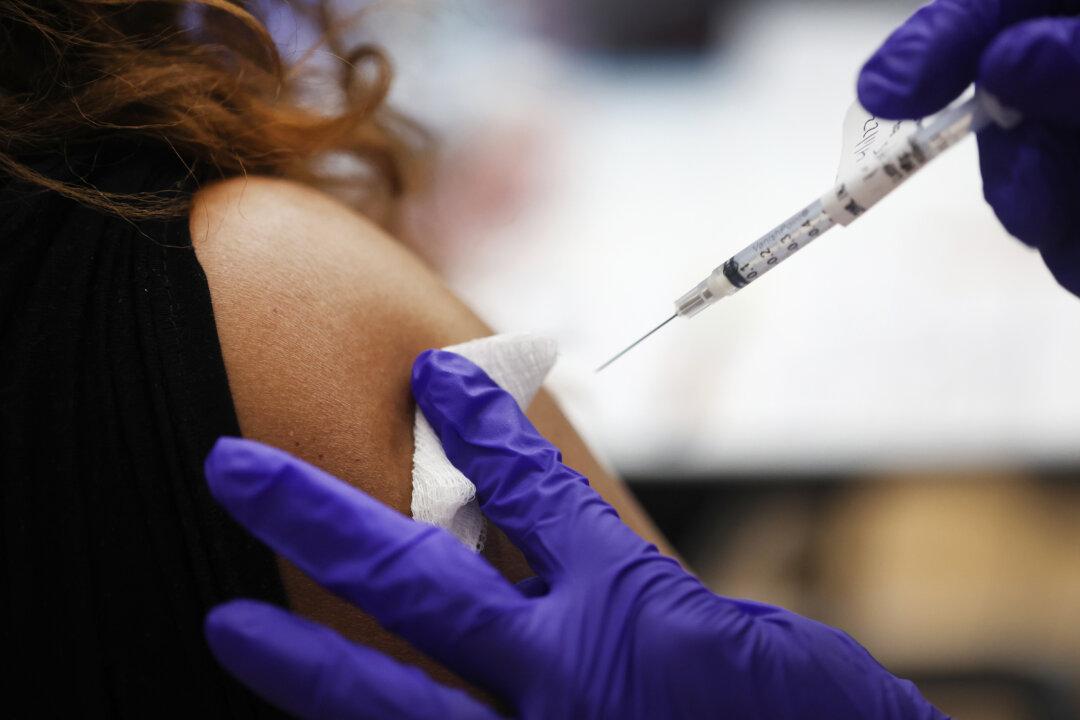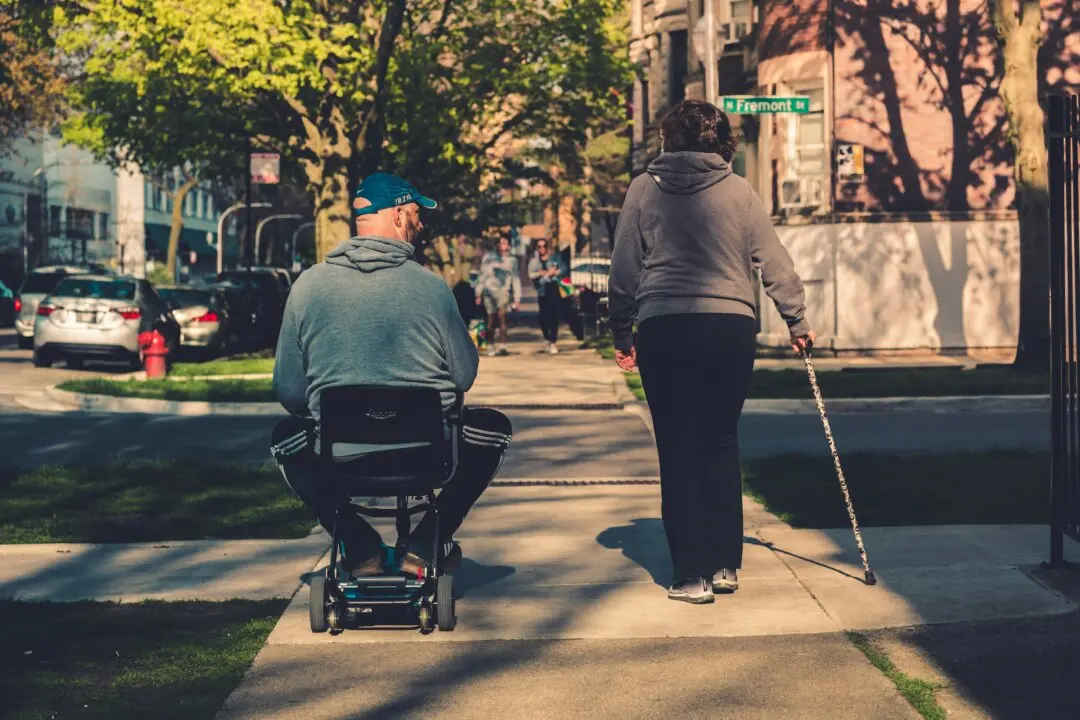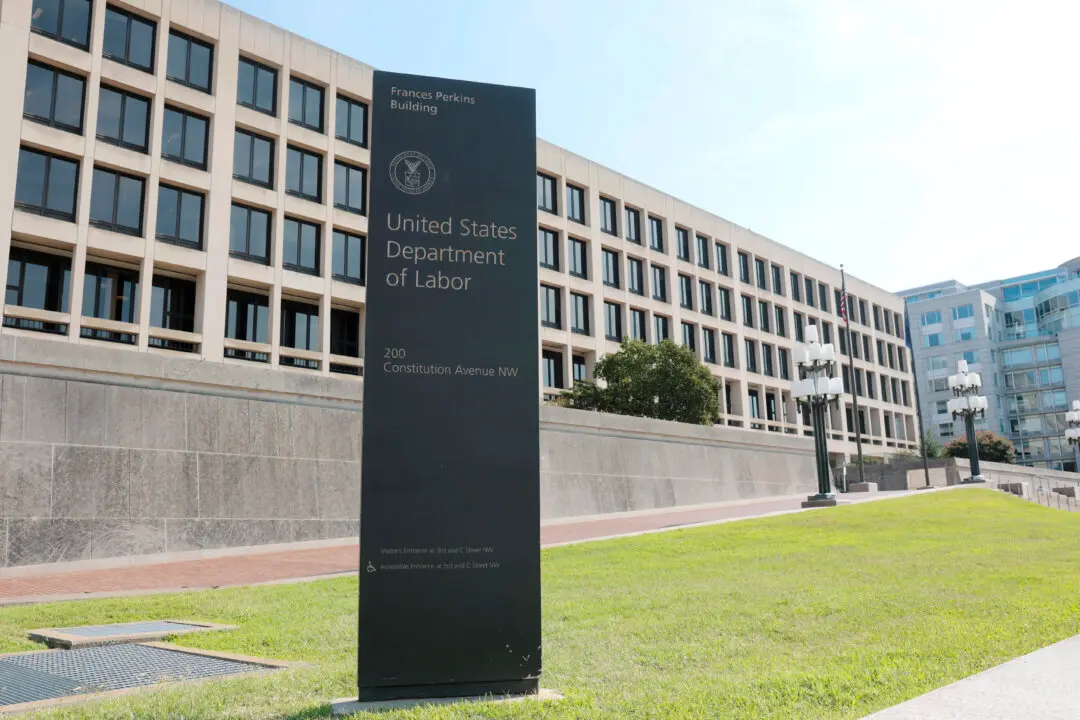Commentary
Here’s an astonishing story of scientific malpractice, peer-review failure, and journalistic bias. It isn’t a story without consequence but one that affected millions of people and likely led to vast professional suffering and probable vaccine injury. Even now, there is no accountability.





